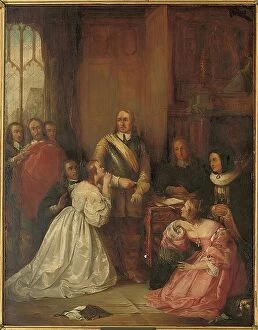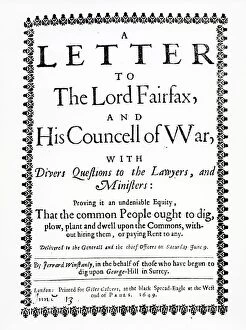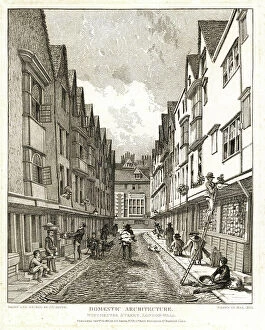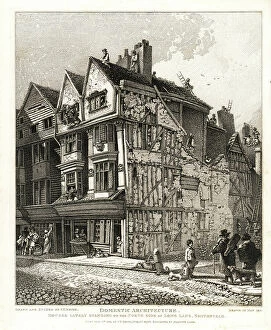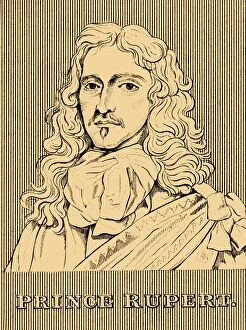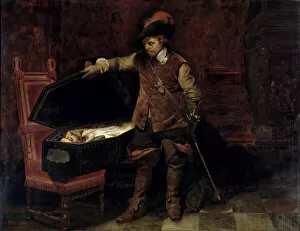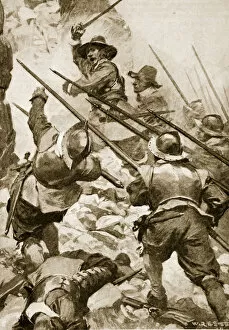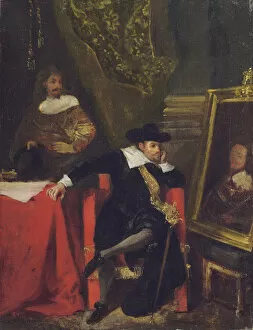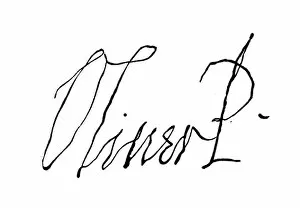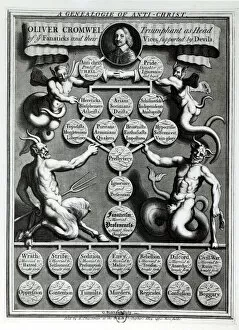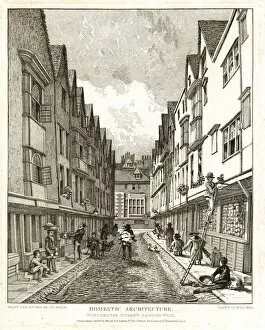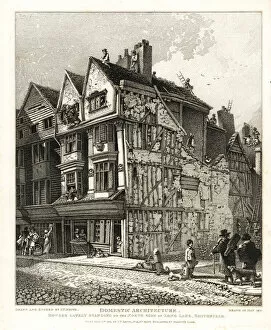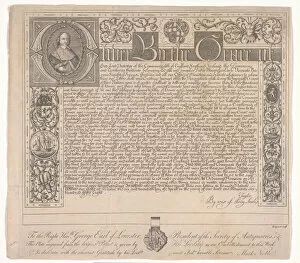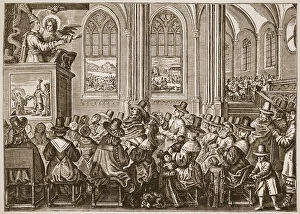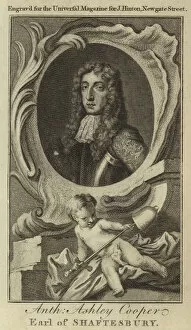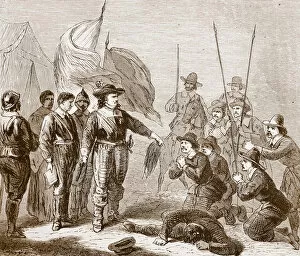Interregnum Collection
"Interregnum: A Time of Turmoil and Transition" During the interregnum, a period marked by political upheaval and uncertainty
For sale as Licensed Images
Choose your image, Select your licence and Download the media
"Interregnum: A Time of Turmoil and Transition" During the interregnum, a period marked by political upheaval and uncertainty, England experienced a profound shift in power. The execution of Charles I left his family, including Cromwell's Family, devastated and seeking justice. In the midst of this chaos, Gerrard Winstanley penned a heartfelt letter to Lord Fairfax on behalf of the Diggers at St. , pleading for their rights amidst social unrest. Amidst these pleas for stability, figures like Prince Rupert emerged as influential players in this turbulent era. His actions and alliances reflected the complex web of loyalties that defined this time. Thomas Fairfax, 3rd lord Fairfax of Cameron, stood as a prominent figure during this transitional phase. As one who held significant power and influence, he played an instrumental role in shaping the destiny of England. However, not all was peaceful during this interlude; tensions between Irish Catholics and English Protestants escalated dramatically. Engravings depicting Irish Catholics torturing English Protestants serve as haunting reminders of the religious strife that plagued society at that time. The publication "Killing No Murder" added fuel to an already volatile situation with its bold advice advocating for removing Cromwell from power. This controversial work caused great anxiety for Cromwell himself as he struggled to maintain control over a fractured nation. Tragically, Sir Henry Slingsby and Dr Hewet met their fate on Tower Hill in 1658 – beheaded victims caught up in the violent aftermaths of political turmoil. In Hutchinson's Story of the British Nation illustration from c. 1923 we witness Cromwell viewing Charles I's lifeless body - an image symbolic both literally and metaphorically - representing not only regicide but also marking a turning point in history. Throughout these troubled times, Ireland remained embroiled in conflict with engravings capturing scenes where Irish Catholics tortured English Protestants serving as stark reminders of the deep-seated animosity that divided these two groups.

